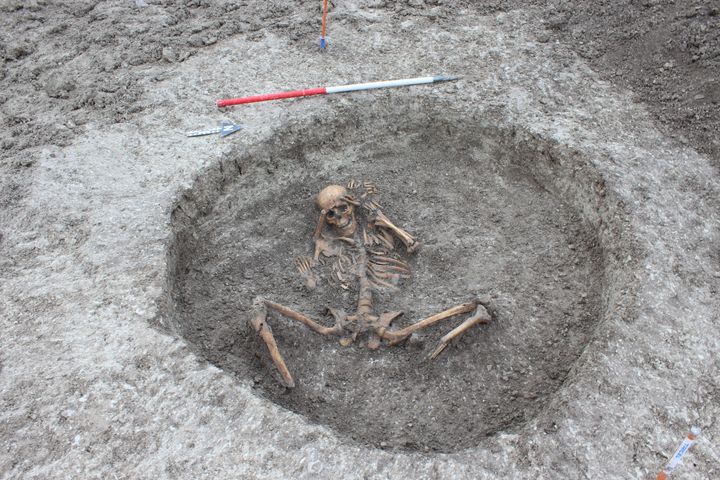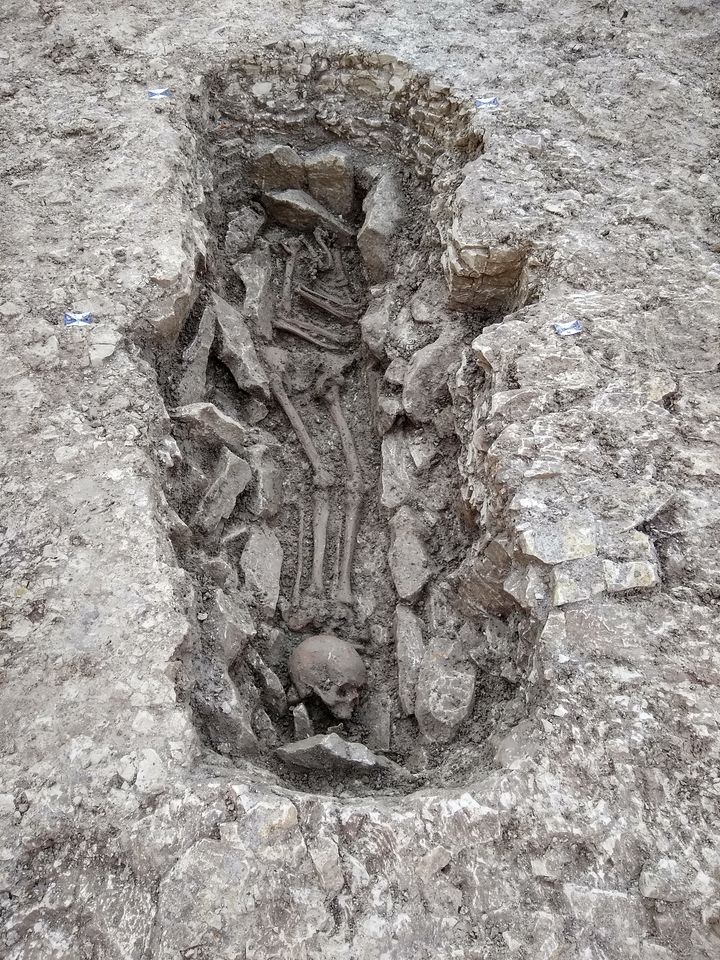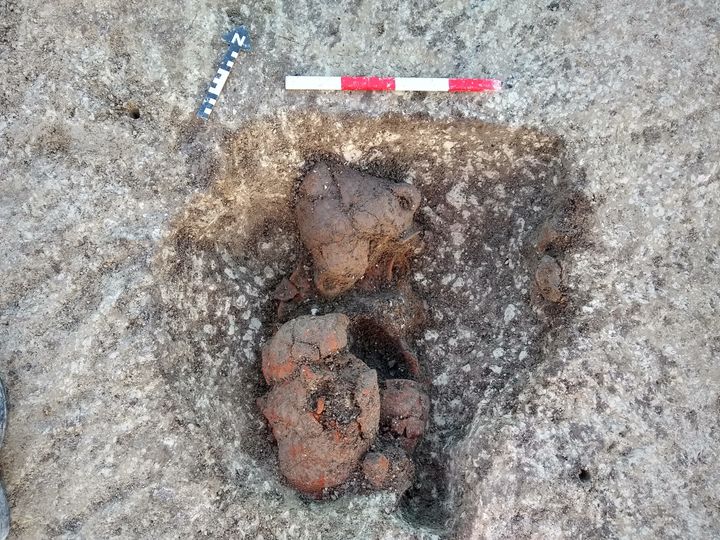
Dozens of skeletons almost 3,000 years old have been unearthed during excavations in Oxford.
A total of 26 human skeletons believed to be from the Iron Age and Roman periods were found during a Thames Water project to protect the future of a rare Oxfordshire chalk stream.
The ancient settlement, which also includes an array of historic artefacts such as animal carcasses, pottery, cutting implements and a decorative comb, were found as the company prepared to lay new water pipes to relieve pressure on Letcombe Brook, near Wantage.
Some of the human remains are believed to have been involved in ritual burials and even human sacrifice.
Neil Holbrook, chief executive of Cotswold Archaeology said: “The new Thames Water pipeline provided us with an opportunity to examine a number of previously unknown archaeological sites.

“The Iron Age site at Childrey Warren was particularly fascinating as it provided a glimpse into the beliefs and superstitions of people living in Oxfordshire before the Roman conquest. Evidence elsewhere suggests that burials in pits might have involved human sacrifice.
“The discovery challenges our perceptions about the past, and invites us to try to understand the beliefs of people who lived and died more than 2,000 years ago.”

Paolo Guarino, Cotswold Archaeology project officer, added: “These findings open a unique window into the lives and deaths of communities we often know only for their monumental buildings, such as hillforts or the Uffington White Horse.
“The results from the analysis of the artefacts, animal bones, the human skeletons and the soil samples will help us add some important information to the history of the communities that occupied these lands so many years ago.”
Chris Rochfort, Thames Water environmental manager, said: “We’ve found significant historical items on many previous upgrade projects but this is one of our biggest and most exciting yet.”
The water firm will now begin laying the six kilometre pipe, which will supply nearby villages with water taken from groundwater boreholes near the River Thames.
